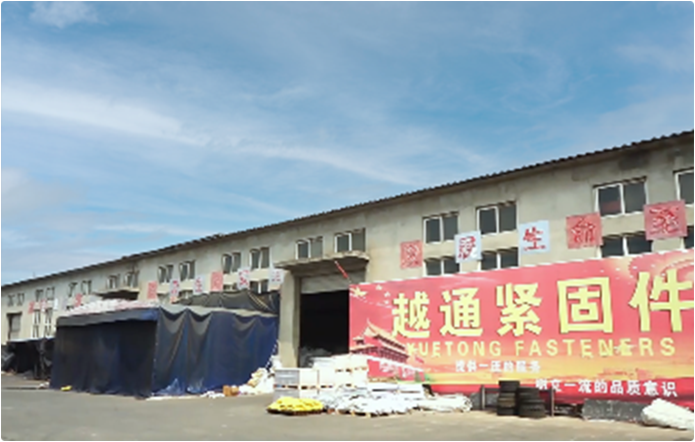दिसम्बर . 04, 2024 18:05 Back to list
anchor bolt fixing
Understanding Anchor Bolt Fixing A Comprehensive Guide
Anchor bolts are vital components used in construction and engineering, serving to attach structural elements such as steel beams, columns, and machinery to concrete foundations. The effective use of anchor bolts ensures stability and integrity in a structure, making it essential for civil and mechanical engineers to understand their fixing methods and applications.
What are Anchor Bolts?
Anchor bolts are metal bolts that are embedded in concrete to provide a secure anchorage for structures above them. Typically made of steel, these bolts come in various lengths, diameters, and grades to suit different applications. Anchor bolts can be categorized into different types, including headed bolts, J-bolts, L-bolts, and expansion bolts, each serving specific purposes depending on the load-bearing requirements and environmental conditions.
Importance of Proper Fixing
The fixing of anchor bolts is critical for ensuring the safety and longevity of a structure. If not installed correctly, anchor bolts may lead to structural failures, compromising the integrity of buildings or other infrastructures. Factors like load direction, force exerted, and environmental factors such as temperature and corrosion can all impact the effectiveness of anchor bolts.
Installation Guidelines
1. Site Preparation Before installing anchor bolts, thorough preparation of the site is needed. This involves planning the layout, ensuring proper alignment, and understanding the load requirements of the structure to be supported.
2. Hole Preparation When fixing anchor bolts, precision in drilling holes into the concrete is crucial. The diameter and depth of the holes should match the specifications of the anchor bolts used. It's important to ensure that the holes are clean and free from any debris that might affect the bonding of the bolt.
anchor bolt fixing

3. Use of Templates To maintain accuracy while positioning the anchor bolts, templates can be employed. These templates should be aligned based on the structural design, ensuring that all bolts are placed in their designated positions.
4. Concrete Curing For maximum efficiency, anchor bolts should only be installed once the concrete has reached sufficient strength. Typically, a minimum curing period of at least 28 days is recommended for standard concrete.
5. Installation Methods There are various methods for anchoring bolts, including cast-in-place, post-installed mechanical anchors, and adhesive anchors. The choice of method depends on the specific requirements of the project, including load factors and environmental conditions.
6. Torque Specifications After installation, anchor bolts must be tightened to the specified torque to ensure they are securely fastened. Over-tightening can lead to bolt failure, while under-tightening can result in looseness, which may compromise structural integrity.
Maintenance and Inspection
Regular inspection and maintenance of anchor bolts are crucial, especially in environments subject to harsh conditions such as seismic activity, high winds, or moisture. Signs of corrosion, loosening, or damage must be addressed promptly to maintain structural safety.
Conclusion
In conclusion, anchor bolt fixing is an essential aspect of construction and engineering. Understanding the types of anchor bolts, installation techniques, and maintenance practices is vital for ensuring the safety and longevity of structures. Properly fixed anchor bolts not only contribute to the stability of the installation but also provide peace of mind, knowing that the structural integrity is upheld. By adhering to best practices and guidelines, engineers can effectively harness the capabilities of anchor bolts in their projects.
-
The Ubiquitous Reach of DIN934 in Application Realms
NewsMay.16,2025
-
Exploring Different Bolt Types
NewsMay.16,2025
-
Cracking the Code of Sleeve Anchor Mastery
NewsMay.16,2025
-
Clamp Design Principles,Types and Innovations
NewsMay.16,2025
-
Artistry Inspired by the Humble Anchor Bolt
NewsMay.16,2025
-
A Deep Dive into Screw Types
NewsMay.16,2025


